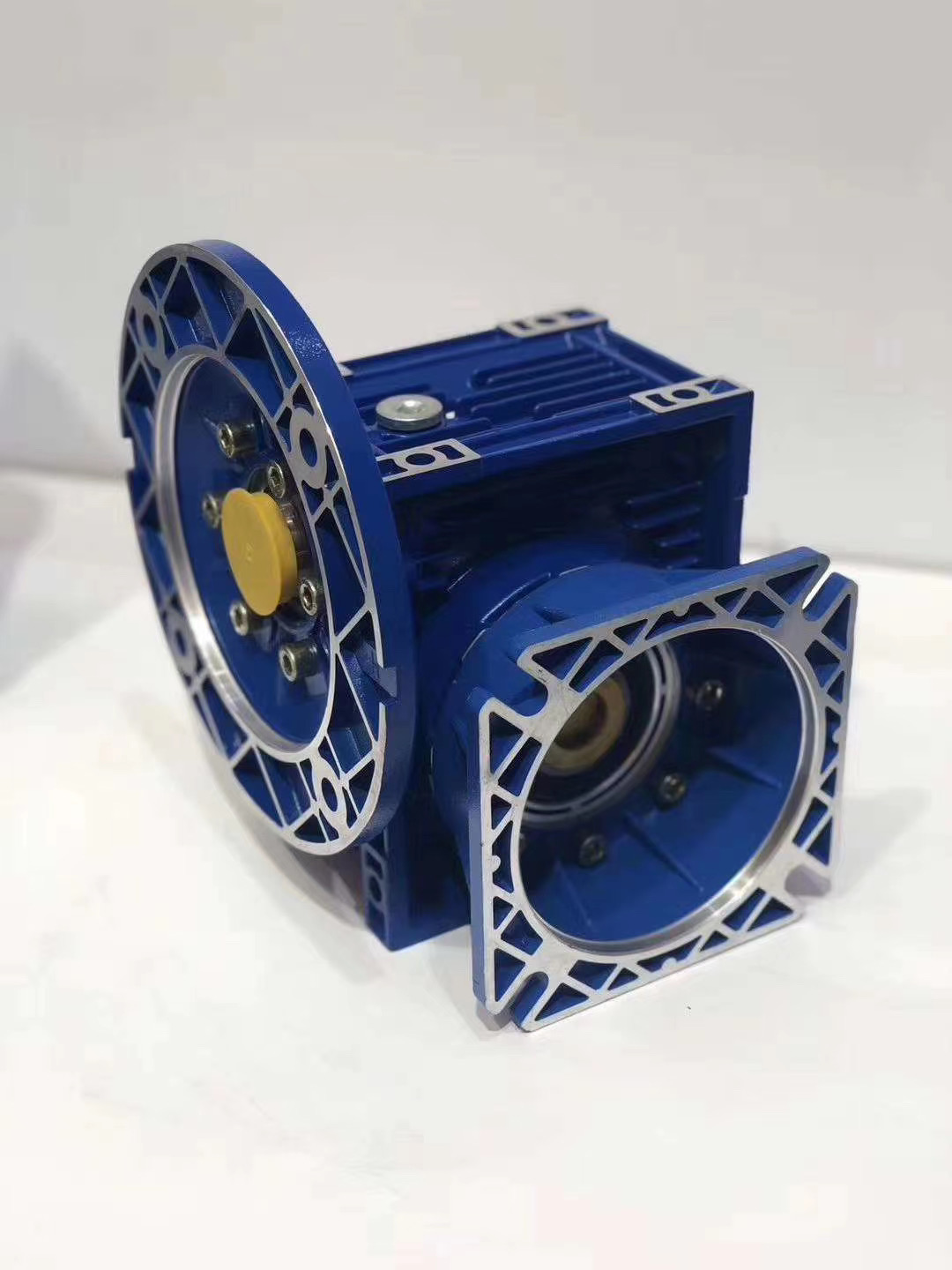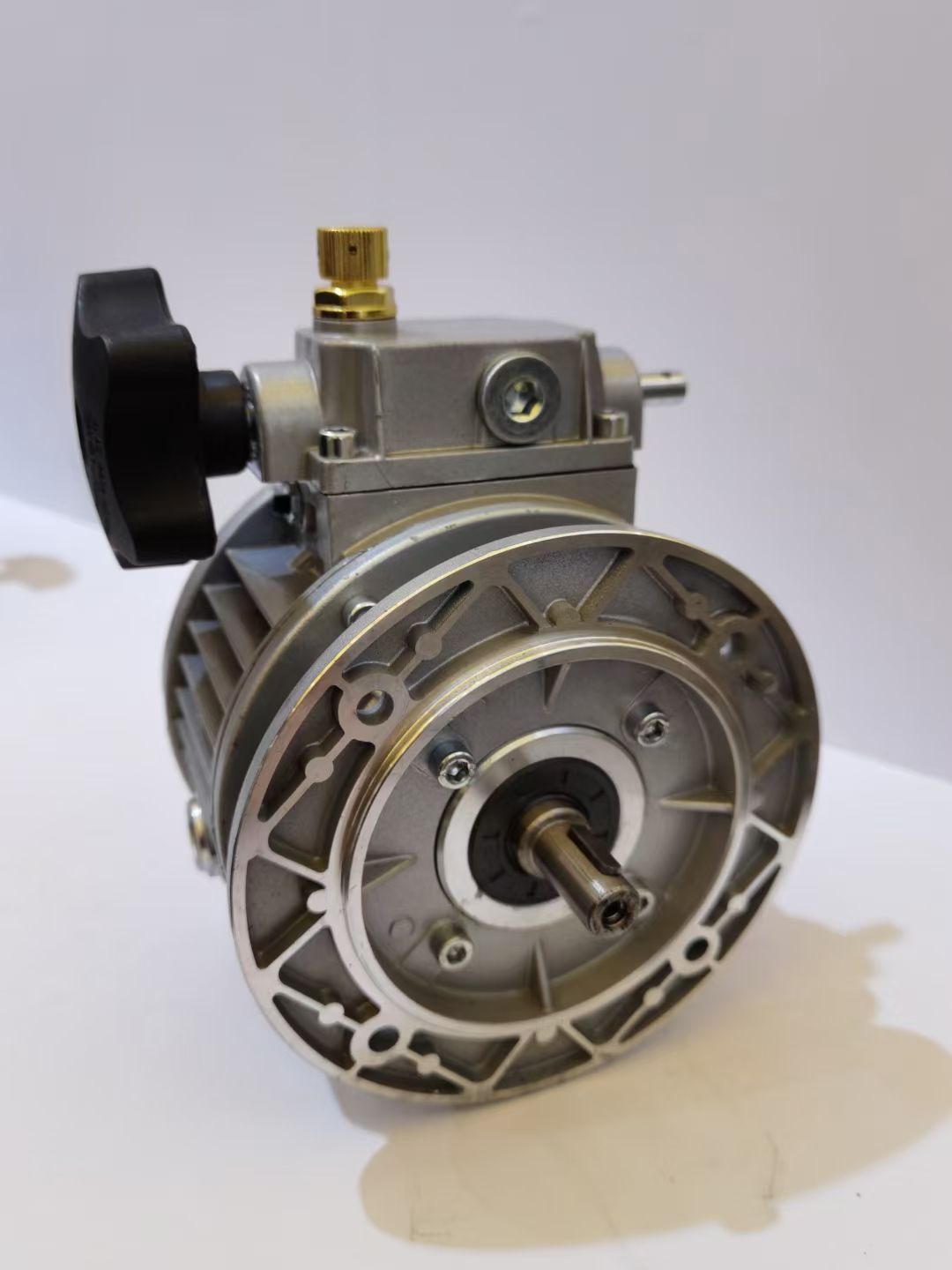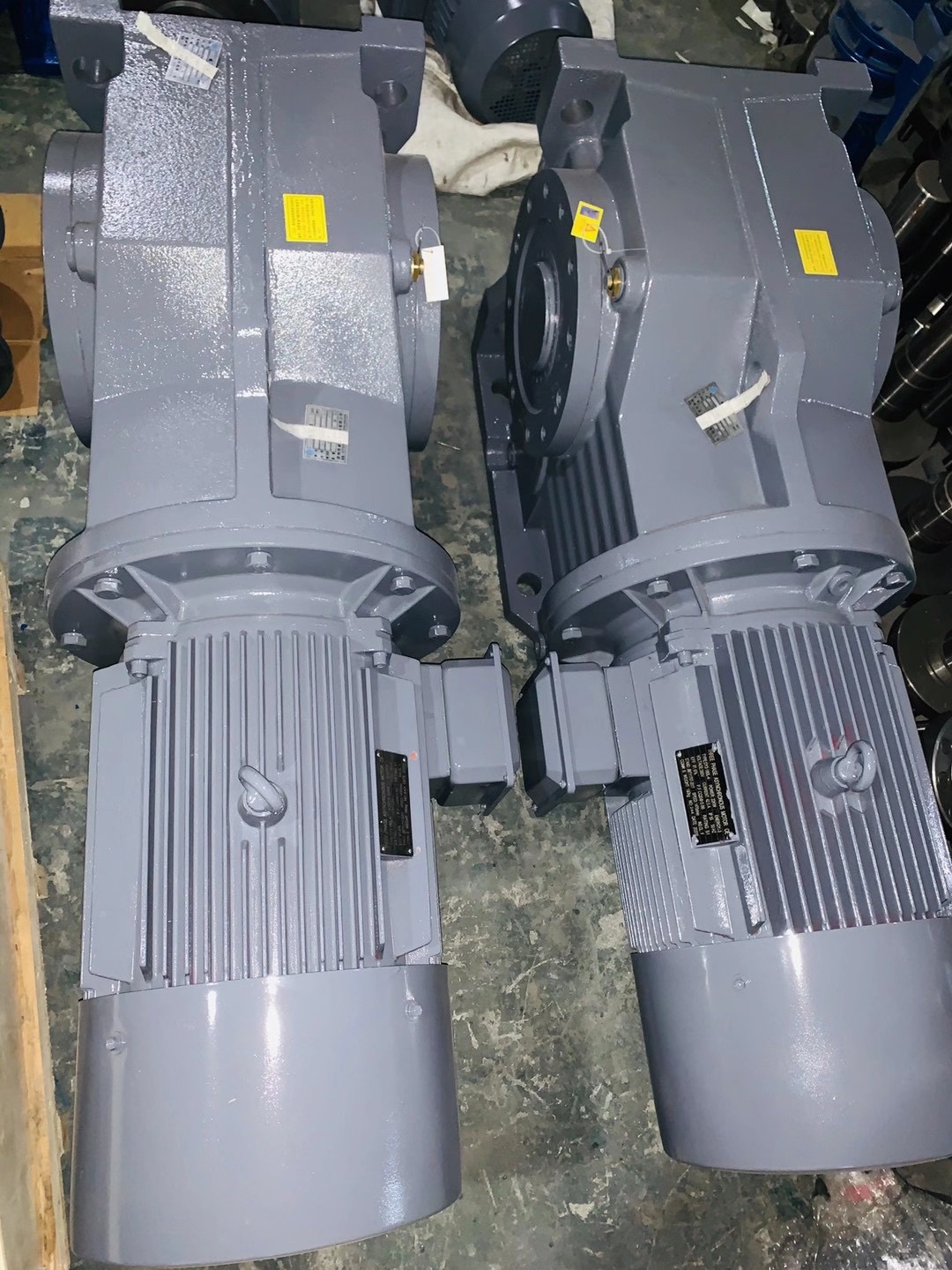Some Gearbox Motor Fans
First, a quick tour of the features of this fan. At the bottom are the buttons to set the fan speed, a dial to adjust the pitch of the fan, and then the pin on top to make the fan move back and forth. You know the drill by now. Your fan might be slightly different but the mechanisms. I'm about to show you are probably very similar, unless it's a box fan or one of those tower fans or a bladeless fan. These are pretty cool.
Several screws in the bottom and plastic pieces to take off. The coolest parts are at the top. So sit back and relax and we'll let the 3D animation do all the hard work. Okay, let's start at the bottom and go through this in detail now. And there is definitely a mechanism here. Let's take a look. Each button has a spring underneath that wants to push the button back up. Inside is a metal plate with a few jagged cuts going down. This metal plate is being pushed to the right by this spring.
If we wanna cool off more of the room, then press the pin and the fan starts oscillating, or, in other words, moving back and forth. We already have and electric motor and you don't wanna add another one. The idea here is to convert the spinning motion of the fan into a side-to-side motion.
Don't forget: we sell Worm Gearboxes, Motors, Motor controls and more.
If you need any help, please contact us!
A planetary gear set has four main parts: the sun, planet gears, ring gear, and carrier. You can see that it sometimes rotates quickly, sometimes slowly, and sometimes even in reverse.
You will be able to predict the motion of this gear set completely, if you understand one simple fact! When two gears are moving as shown, they should have the same speed at the interface. The speed has to be the same, otherwise, the gear teeth will penetrate each other as shown. That is an impossible condition! Just apply this fact to planetary gear sets, and you will be able to predict how speed variation is achieved. Assume that the ring gear is held stationary and we rotate the sun gear. Think of what happens to the planet gears!
In short, the planet gears are forced to turn in order to satisfy the condition of velocity. As the carrier is attached to the planet gear it will turn along with the planet gears. Now, let's see what happens, when the sun gear is held stationary and the ring gear is rotated. This is the exact opposite to the previous case. At the inner point of the planet gear, the velocity should be zero and the outer points should have the speed of the ring gear.
We speed up the turbine, which means we need a power gearbox which transfers the output of the quickly rotating turbine to the slowly rotating fan. This is a first for aerospace technology.
For most motors, the best choice is the combination of a high-speed drive unit and a gearbox. Gear-based transmission is particularly suited to high torques. However, this case has one more difference.
The combination of the quickly rotating drive unit with a high-powered gearbox allows for high torques and high output whilst making the engines more economical, more lightweight and more efficient.
Related Posts
By accepting you will be accessing a service provided by a third-party external to https://www.guomaodrive.com/




Comments